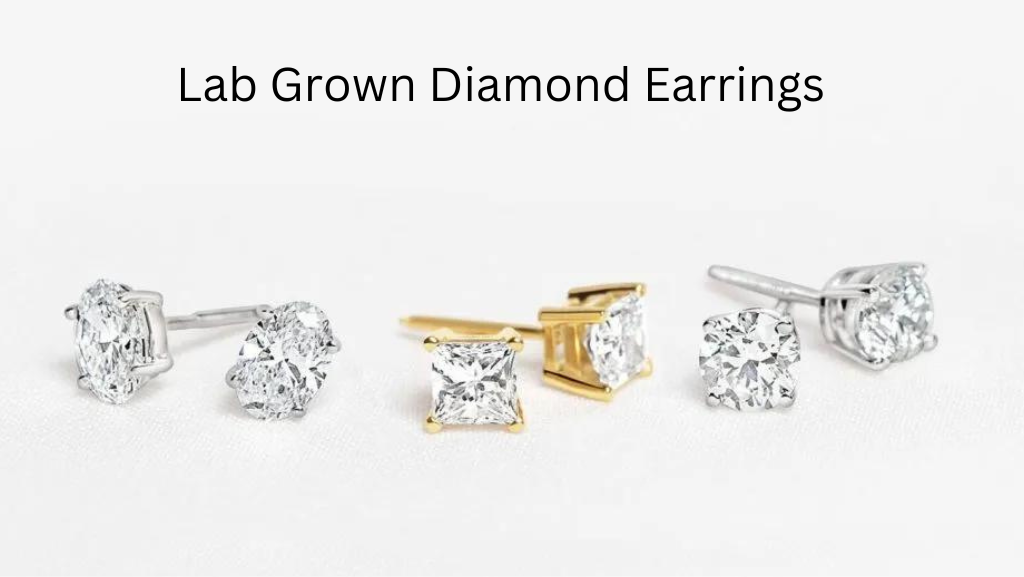In the world of fine jewelry, the choice between diamond vs moissanites sparks a debate that blends tradition with innovation, luxury with affordability. Understanding the nuances between these two exquisite gemstones requires delving into their history, composition, properties, and cultural significance.
Introduction to Diamond vs Moissanites
What are Diamonds? Diamonds, formed deep within the Earth over billions of years, captivate with their brilliance and rarity. These precious gems have adorned royals and symbolized enduring love for centuries.
What are Moissanites? Moissanites, initially discovered in a meteor crater by Henri Moissan in 1893, are silicon carbide crystals renowned for their brilliance and durability. They offer a compelling alternative to natural diamonds.
History and Discovery
Diamonds: Earth’s Natural Treasure Diamonds have been treasured since ancient times, with the earliest known mining dating back to India around 4th century BC. Their allure spread across cultures, becoming synonymous with status and romance.
Moissanites: Silicon Carbide Brilliance Named after their discoverer, moissanites were first identified in Arizona meteorite fragments. Later, synthetic moissanites became popular for their diamond-like appearance and lower cost.
Composition and Structure
Diamond Composition Diamonds are pure carbon crystals, formed under immense pressure and heat in the Earth’s mantle. Their crystal lattice structure gives them unmatched hardness and brilliance.
Moissanite Composition Moissanites are composed of silicon carbide, a compound known for its strength and optical properties. Created in laboratories, these gems replicate the brilliance of diamonds with slight chemical differences.
Physical Properties
Hardness Comparison Diamonds top the hardness scale with a rating of 10 on the Mohs scale, making them incredibly resistant to scratching and everyday wear.
Brilliance and Fire Both diamond vs moissanites exhibit exceptional brilliance and fire, but moissanites often have a higher refractive index, giving them slightly more sparkle than diamonds.
Color and Clarity
Diamond Color Grading Diamonds are graded on a color scale from D (colorless) to Z (light yellow or brown). The highest quality diamonds are prized for their lack of color and exceptional clarity.
Moissanite Color Moissanites typically appear near-colorless, similar to higher-grade diamonds. They may exhibit slight hues of yellow or green under certain lighting conditions.
Cost Comparison
Factors Affecting Diamond Prices Diamond prices vary widely based on factors such as carat weight, cut, color, and clarity. Natural diamonds can be a significant investment due to their rarity and demand.
Moissanite Affordability Moissanites are more affordable than diamonds of similar size and appearance. Their lower cost appeals to budget-conscious consumers seeking a diamond alternative.
Environmental Impact
Diamond Mining Issues Diamond mining, particularly in developing countries, raises concerns about environmental degradation, human rights abuses, and ecosystem disruption.
Eco-Friendly Aspects of Moissanites Moissanite production in laboratories is generally considered more environmentally friendly, with minimal impact on natural resources and ecosystems.
Cultural Perceptions
Diamonds in Tradition and Culture Diamonds hold deep cultural significance, symbolizing wealth, love, and commitment. They are often central to engagement rituals and celebrations worldwide.
Emergence of Moissanites in Jewelry Moissanites are gaining popularity as ethical and budget-friendly alternatives to diamonds, appealing to modern values and tastes in jewelry.
Durability and Maintenance
Longevity of Diamonds Diamonds are renowned for their durability and longevity, requiring minimal maintenance to retain their brilliance and beauty over generations.
Maintenance of Moissanites Moissanites are durable and resistant to scratching, making them suitable for everyday wear. Regular cleaning can preserve their sparkle and clarity.
Ethical Considerations
Conflict-Free Diamonds The diamond industry has made strides in promoting conflict-free sourcing through certification programs like the Kimberley Process, man made diamonds, addressing concerns about ethical mining practices.
Ethical Sourcing of Moissanites Moissanites are typically sourced in controlled laboratory environments, ensuring ethical standards and transparency throughout the production process.
Choosing Between Diamond and Moissanite
Personal Preference The choice between diamonds and moissanites often boils down to personal preference, budget constraints, and ethical considerations.
Financial Considerations Moissanites offer a cost-effective alternative to diamonds, allowing consumers to allocate their budget towards larger stones or additional features in jewelry.
Popularity Trends
Current Market Trends Moissanites are gaining traction among millennials and eco-conscious consumers seeking sustainable and affordable luxury options.
Consumer Preferences Traditionalists favor the timeless elegance of diamonds, while younger generations embrace moissanites for their ethical appeal and modern aesthetics.
Misconceptions and Myths
Dispelling Common Myths about Diamonds Myths about diamond rarity and value persist despite advancements in mining and gemological practices, influencing consumer perceptions.
Clarifying Misconceptions about Moissanites Misconceptions about moissanite quality and durability are debunked by scientific evidence and consumer testimonials, highlighting their value as gemstones.
Future Outlook
Innovations in Diamond Industry The diamond industry continues to innovate with advancements in mining technology, gem cutting techniques, and ethical sourcing practices.
Advancements in Moissanite Technology Future developments in moissanite production may enhance their optical properties and broaden their appeal among jewelry enthusiasts.
Conclusion
In conclusion, the choice between diamonds and moissanites hinges on individual preferences, ethical considerations, and budgetary constraints. While diamonds symbolize tradition and luxury, moissanites offer a compelling alternative with their affordability and ethical appeal. Whether you opt for the timeless allure of diamonds or the modern elegance of moissanites, both gems promise enduring beauty and significance in the world of fine jewelry.

